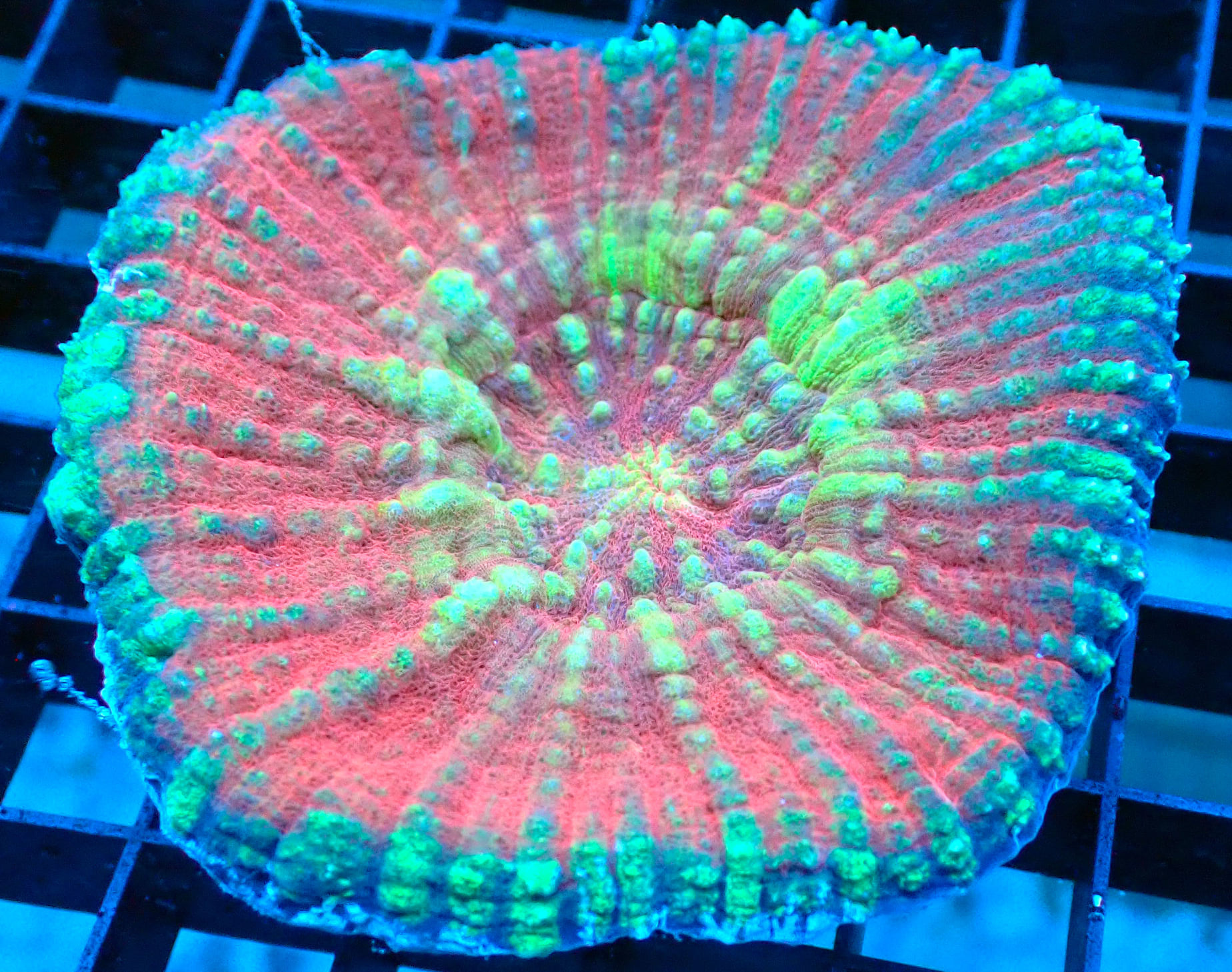Lobophyllia vitensis

Lobophyllia vitensis is a species of stony coral in the family Lobophylliidae. Like other members of its genus, it’s often referred to as a brain coral due to its characteristic smooth, rounded appearance and grooved surface, which resembles the convoluted surface of a mammalian brain.
This species is found in the Indo-Pacific region, including the waters around Fiji, hence the name ‘vitensis’, which refers to Viti Levu, the largest island in Fiji.
As a stony coral, Lobophyllia vitensis contributes to the structure and diversity of coral reefs, providing habitat for a wide range of marine organisms. It’s a zooxanthellate coral, meaning it has a symbiotic relationship with photosynthetic algae (zooxanthellae) that live within its tissues. The coral provides the algae with protection and access to light, while the algae provide the coral with essential nutrients.
Basic Water Parameters
pH
8.0 to 8.3
Salinity
34 - 36ppt
Temperature
24.0 - 26.0 Celsius
Husbandry Requirements
Lighiting
Flow
Aggressiveness
Acclimation Guide
- It is highly recommended to acclimate all corals to a new environment to prevent shocking corals.
- Place the corals in the water from the packing bags and slowly add the water from new environment (Dripping method is recommended).
- Use the water parameter above as a guide.
- When the vessel becomes full , replace the water with the new environment water by a small amount at a time.
- Ensure the water temperature matches with the new environment’s water.
- After the corals have spent adequate time in the acclimation water, gently place the corals to a new environment.
- It is recommended to place new corals under lower light intensity than usually required. Once corals show no signs of stress, it can be moved to higher lighting area gradually.”

